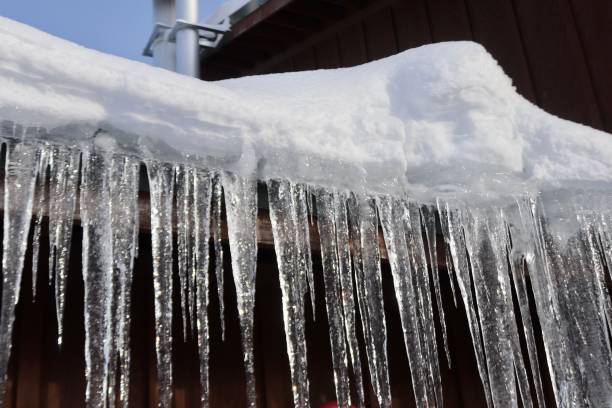Safeguarding Your Pipes from Freezing Issues: Essential Tips
Safeguarding Your Pipes from Freezing Issues: Essential Tips
Blog Article
What're your thoughts about Prevent Frozen Pipes ?

Winter can wreak havoc on your plumbing, especially by freezing pipes. Right here's just how to prevent it from occurring and what to do if it does.
Intro
As temperature levels drop, the danger of icy pipes rises, possibly causing costly fixings and water damages. Understanding exactly how to stop frozen pipelines is essential for house owners in cool climates.
Understanding Frozen Pipelines
What creates pipes to ice up?
Pipelines freeze when subjected to temperatures listed below 32 ° F (0 ° C) for prolonged periods. As water inside the pipelines ices up, it expands, putting pressure on the pipeline walls and potentially causing them to break.
Risks and damages
Icy pipes can bring about supply of water interruptions, building damages, and expensive fixings. Burst pipes can flood homes and cause extensive architectural damage.
Signs of Frozen Pipes
Recognizing icy pipelines early can prevent them from rupturing.
How to determine icy pipes
Search for lowered water circulation from faucets, unusual smells or noises from pipelines, and noticeable frost on exposed pipes.
Prevention Tips
Shielding at risk pipes
Wrap pipelines in insulation sleeves or utilize heat tape to shield them from freezing temperature levels. Concentrate on pipelines in unheated or exterior locations of the home.
Heating methods
Maintain indoor spaces properly heated, particularly areas with plumbing. Open cupboard doors to enable cozy air to flow around pipelines under sinks.
Shielding Exterior Plumbing
Garden pipes and outdoor faucets
Disconnect and drain garden pipes prior to winter months. Set up frost-proof spigots or cover exterior faucets with protected caps.
What to Do If Your Pipes Freeze
Immediate actions to take
If you presume frozen pipelines, maintain faucets open to soothe stress as the ice thaws. Utilize a hairdryer or towels soaked in hot water to thaw pipelines gradually.
Long-Term Solutions
Structural adjustments
Think about rerouting pipelines far from exterior walls or unheated areas. Include added insulation to attic rooms, cellars, and crawl spaces.
Updating insulation
Buy top quality insulation for pipes, attics, and wall surfaces. Correct insulation assists keep consistent temperatures and reduces the danger of frozen pipes.
Final thought
Protecting against icy pipelines needs positive steps and fast responses. By comprehending the reasons, signs, and safety nets, property owners can secure their pipes throughout cold weather.
5 Ways to Prevent Frozen Pipes
Drain Outdoor Faucets and Disconnect Hoses
First, close the shut-off valve that controls the flow of water in the pipe to your outdoor faucet. Then, head outside to disconnect and drain your hose and open the outdoor faucet to allow the water to completely drain out of the line. Turn off the faucet when done. Finally, head back to the shut-off valve and drain the remaining water inside the pipe into a bucket or container. Additionally, if you have a home irrigation system, you should consider hiring an expert to clear the system of water each year.
Insulate Pipes
One of the best and most cost-effective methods for preventing frozen water pipes is to wrap your pipes with insulation. This is especially important for areas in your home that aren’t exposed to heat, such as an attic. We suggest using foam sleeves, which can typically be found at your local hardware store.
Keep Heat Running at 65
Your pipes are located inside your walls, and the temperature there is much colder than the rest of the house. To prevent your pipes from freezing, The Insurance Information Institute suggests that you keep your home heated to at least 65 degrees, even when traveling. You may want to invest in smart devices that can keep an eye on the temperature in your home while you’re away.
Leave Water Dripping
Moving water — even a small trickle — can prevent ice from forming inside your pipes. When freezing temps are imminent, start a drip of water from all faucets that serve exposed pipes. Leaving a few faucets running will also help relieve pressure inside the pipes and help prevent a rupture if the water inside freezes.
Open Cupboard Doors
Warm your kitchen and bathroom pipes by opening cupboards and vanities. You should also leave your interior doors ajar to help warm air circulate evenly throughout your home.

I discovered that blog posting about Preventing and dealing with frozen pipes when browsing on the internet. Those who appreciated our blog post if you please make sure you remember to share it. Kudos for being here. Come back soon.
Automated Marketing Report this page